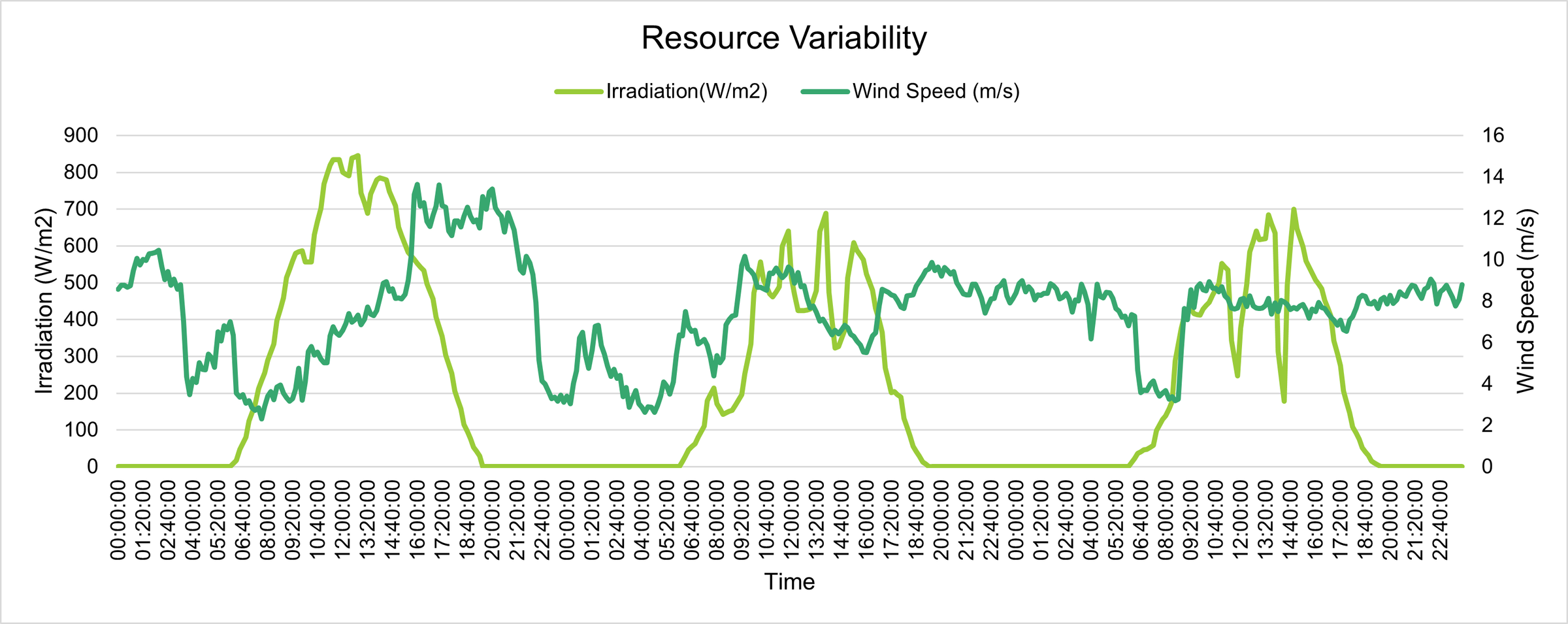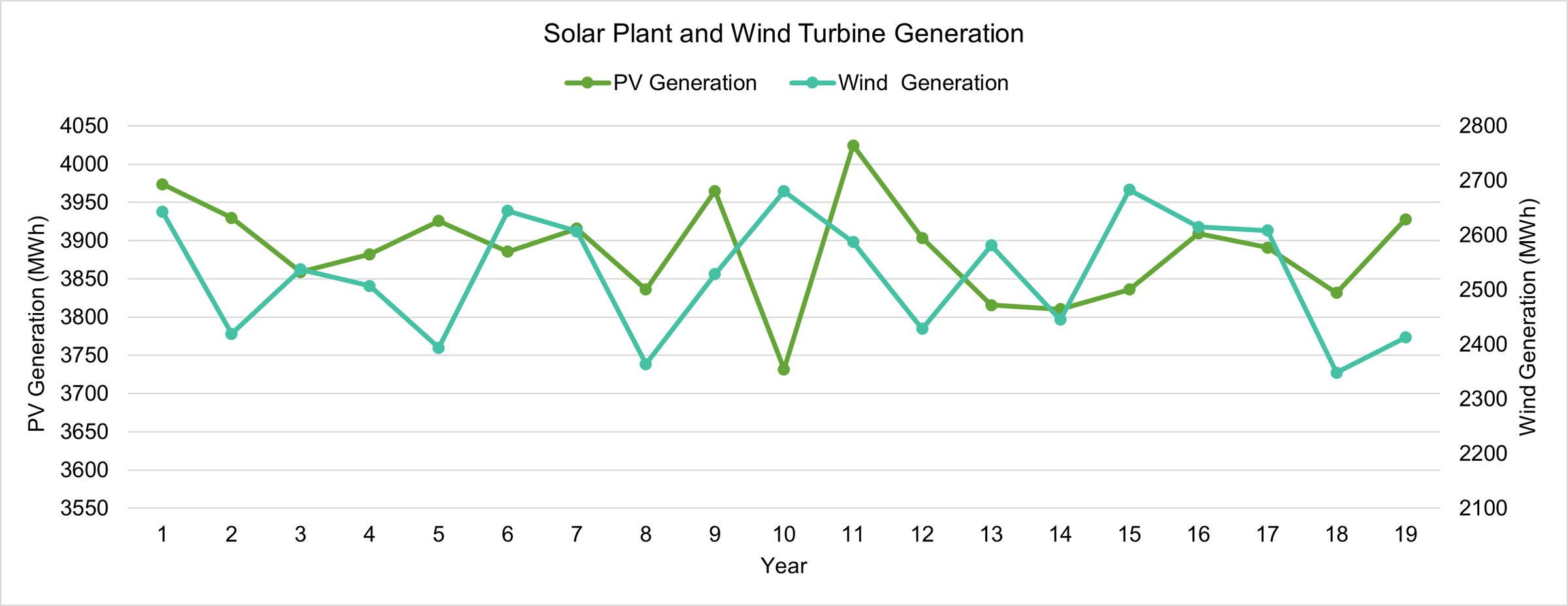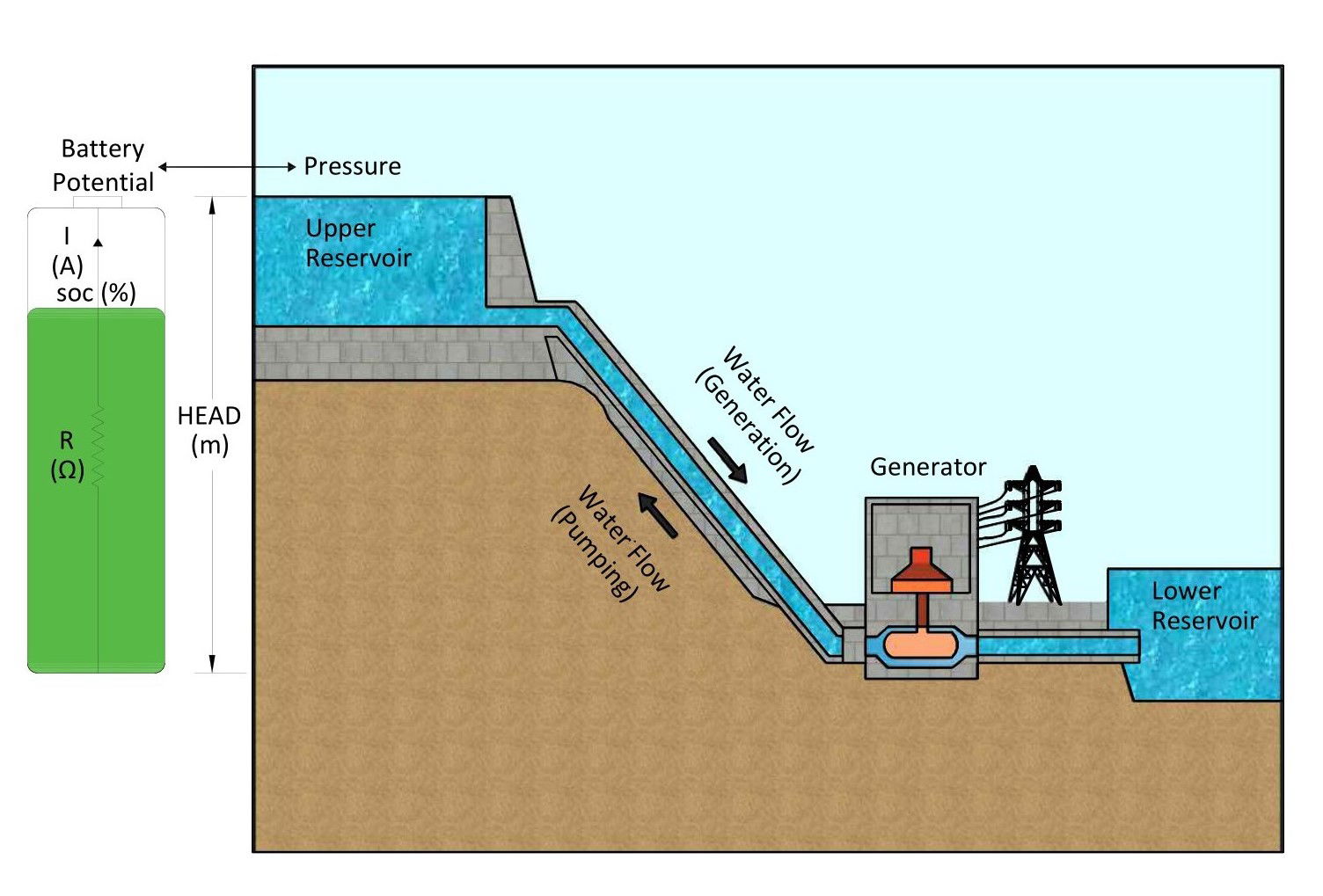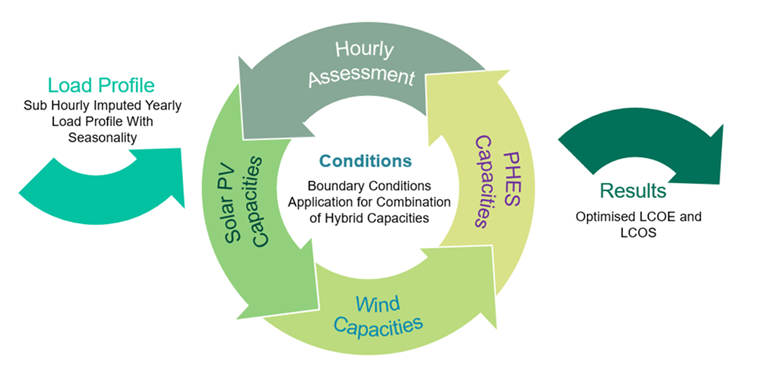Capacitor Banks or STATCOM for better Power Factor Correction
Capacitor Banks or STATCOM for better Power Factor Correction
Reactive power compensation is an essential aspect of electrical power systems. Reactive power is the power that flows back and forth between the source and load without doing any useful work. It is required to maintain the voltage level in the system and to create the magnetic field necessary for the operation of motors, transformers, and other inductive loads.
However, a high level of reactive power can result in several problems in the power system, including:
-
- Reduced efficiency: A high level of reactive power can reduce the overall efficiency of the power system. This is because the transmission lines and transformers have to handle more current to deliver the same amount of power, resulting in higher losses.
- Voltage drop: Reactive power causes voltage drops in the system, which can lead to reduced performance of electrical equipment and can cause equipment to malfunction or fail.
- Low power factor: A low power factor means that a high proportion of the power supplied to the load is not being used for useful work, resulting in increased energy costs.
Reactive power compensation can help mitigate these problems by balancing the reactive power in the system. It involves the use of equipment such as capacitors, reactors, and static VAR compensators (SVCs) to supply or absorb reactive power as required to maintain a stable voltage and power factor.
By compensating for reactive power, the power system can operate more efficiently, with improved voltage regulation, reduced power losses, and increased capacity. It can also help to reduce electricity bills, improve power quality, and reduce the environmental impact of power generation.
As per the MOM released by CEA on 21st April 2023 for the meeting held on 13th April 2023. It was mentioned that there were 28 incidents involving loss of more than 1000 MW RE generation in the grid since January 2022. The grid events that occurred are categorized into three main categories.
-
- Overvoltage during switching operation
- Fault in vicinity of RE complex
- Low frequency oscillations in RE complex
The analysis of these grid events revealed that both under the steady and dynamic states, varying reactive power support from VRE was found to be one of the contributing factors.
As the requirement of dynamic reactive power compensation is very clearly mentioned in the Technical Standards for Connectivity to the Grid, (Amendment), regulations, 2012-clause B2-1-published on dated 15th October 2013.
Clause B2-1 mentioned that ‘’the generating station shall be capable of supplying dynamically varying reactive power support so as to maintain power factor within the limits of 0.95 lagging to 0.95 leading’’.
In MOM it is mentioned that the above provision of the CEA connectivity regulations was not being complied in totality. Grid-India submitted that the dynamically varying reactive support is necessary during transient conditions such as LVRT or HVRT and also it was explained that the fixed capacitor banks can provide reactive power support only during steady state and also the support is delivered in steps after time delay.
The transient effects associated with the activation of a capacitor bank can have a significant impact on the stability and performance of the power system. Considering the above-mentioned facts and the advantages listed below, SgurrEnergy recommends the use of dynamic reactive power compensation using additional Inverters, STATCOM, or SVG over the use of capacitor banks.
Advantages over capacitor banks-
-
- Dynamic response: Inverters, STATCOM or SVG can respond to changes in the power factor much faster than capacitor banks. This is because they use power electronics to adjust the reactive power, while capacitor banks have a fixed reactive power value.
- No resonance issues: Capacitor banks can create resonance issues when the frequency of the system is close to the resonance frequency. This device does not have this issue as it operates on a different principle.
- Wide operating range: Inverters, STATCOM or SVG this device can operate over a wide range of reactive power and voltage levels, while capacitor banks have limited operating ranges.
- Harmonic suppression: Inverters, STATCOM or SVG can also suppress harmonics, which are undesirable distortions in the power system. Capacitor banks do not have this capability.
- Smaller size: SVG is generally smaller in size compared to capacitor banks, which can be important in space-constrained applications.
Overall, the mentioned technology (Inverters, STATCOM or SVG) is a more versatile and efficient technology compared to capacitor banks for power factor correction and other related applications.




